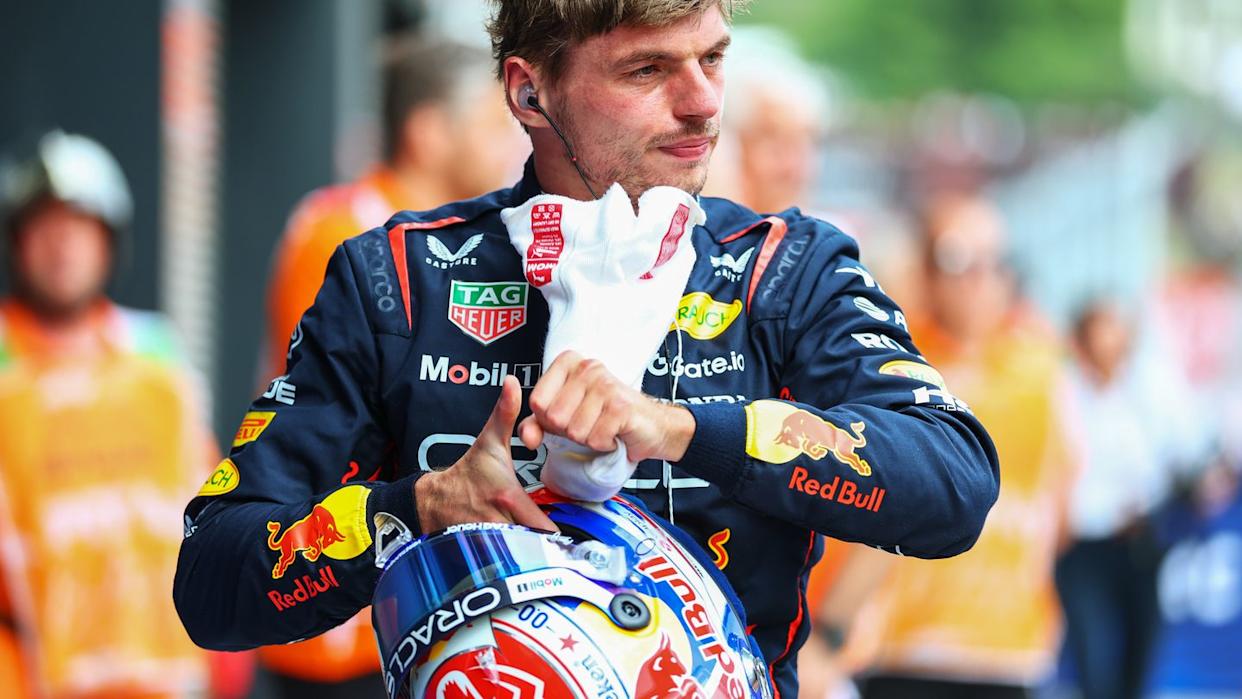
Here’s what you’ll learn when you read this story:
Max Verstappen despises cars that use front-wheel drive, declaring it “the worst thing ever.”
Verstappen has driven rear-wheel drive for the entirety of his career, from go-karts to Formula 1.
In a recent video with Ford Performance, Chris Harris attempts to pinpoint what makes Verstappen one of the greatest racing drivers of all time.
Ford Performance gave us an absolute gift the other day: a half-hour video of four-time Formula 1 Champion Max Verstappen and automotive journalist Chris Harris talking shop. It also showcases one of the greatest drivers of all time wringing the neck of Ford’s Mustang GTD supercar.
Many who have watched the video are talking about Verstappen’s comment mid-way through, claiming front-wheel drive is “boring,” “anti-driving,” and “the worst thing ever.” But why?
Why?
Most road vehicles are available in three different configurations: all-wheel drive, rear-wheel drive, and front-wheel drive. Each layout presents vastly different handling characteristics when driven at the limit. Front-Wheel Drive (FWD) pulls you through a corner, Rear-Wheel Drive (RWD) pushes you through a corner, and all-wheel drive provides a combination of the two.
Verstappen’s claim that FWD is lazy likely comes from the fact that its inherent pulling force can help straighten your car out when things go south. And he’s right—driving a FWD vehicle fast takes a very unique driving style. For context, in a RWD car, you would let off the gas as the car begins to oversteer (starts to spin). In a FWD car, you’d actually want to continue accelerating, as the front wheels are pulling the car straight. However, we should caution that this isn’t a magic cure-all that can fix your mistakes. You’ll still need to countersteer in the opposite direction of the slide and gather it all up yourself.
Harris also brings up the argument that front-wheel drive puts a considerable burden on the front tires. Instead of merely steering the car and slowing it down, the front axle is also responsible for putting power down. This can not only induce understeer (where the car doesn’t turn enough), but also torque steer that alters the vehicle’s trajectory under power—even if you have the wheel perfectly straight.
Verstappen is absolutely right about driving front-wheel drive cars on a track—they’re not actually all that rewarding to drive fast. A track day in a rear-wheel drive vehicle (at least, in my experience) is so much more three-dimensional, forcing you to actively “drive” the car to maintain control. As you approach the limit of grip, RWD vehicles have much more of a propensity to spin, forcing the driver to countersteer in the opposite direction of a slide to keep their vehicle on the tarmac.
Why Is It So Common?
Despite its shortcomings on the race track, front-wheel drive remains the most common drivetrain layout used in road cars today. And that’s for a very good reason—most people aren’t interested in taking their vehicle to the track. Putting its limitations in high-performance scenarios aside, FWD provides a number of practical benefits over the other drivetrain layouts on offer. Cost is king in the automotive business, and, to put it simply, front-wheel drive systems are cheaper to build, less complicated, and even allow for more space inside the cabin. The weight of the engine over the front wheels also improves traction in slippery conditions.
There is a common misconception that it’s impossible for front-wheel drive cars to oversteer, which is simply not true. Just last month, the Brands Hatch Mini Classic hosted a number of races with classic Mini Coopers, and I can say with absolute certainty that I’ve never seen any FWD car oversteer quite like that. We linked an onboard from Alex Brundle’s car above for your enjoyment. Perhaps someone needs to plop Verstappen into the driving seat of a Mk1 Mini and see if he changes his mind.
The bottom line is that no matter what wheels are being driven, the majority of road cars are specifically tuned to favor understeer. While many talk about eliminating understeer at the track, it’s a very safe handling characteristic on the road—minimizing the chances of your vehicle spinning out of control.
How Does Max Do It?
Keen Formula 1 fans will know that Verstappen’s time in open-wheel racing makes rear-wheel drive the obvious choice for him. In fact, FWD renders his style of racing basically impossible.
Throughout his career, he’s demonstrated his ability to manipulate a car unlike anyone else on the track. Harris’ conversation with him revealed that you could put Verstappen in just about any car, and he’d figure out the proper way to drive around the vehicle’s limitations.
You Might Also Like

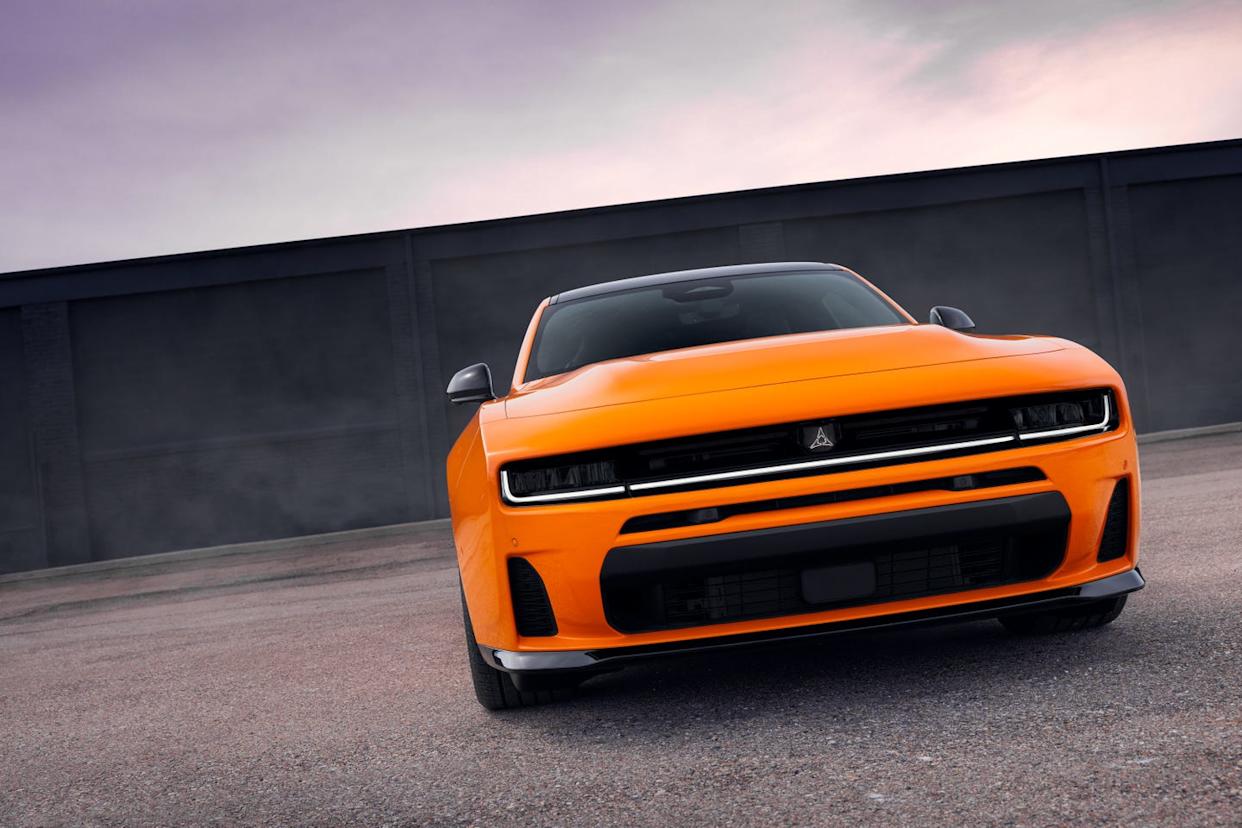
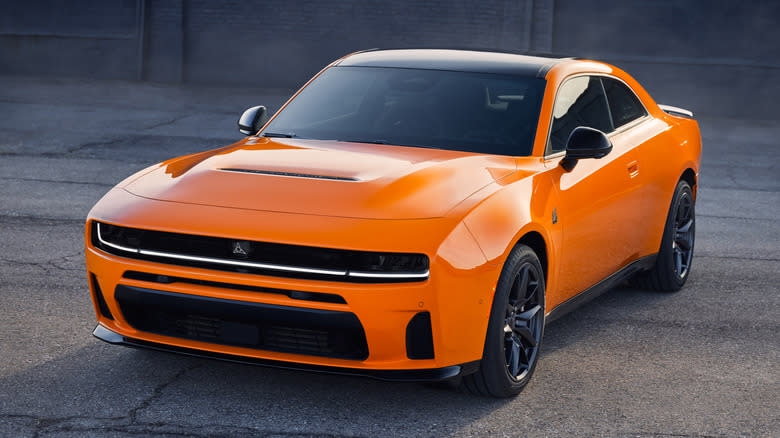
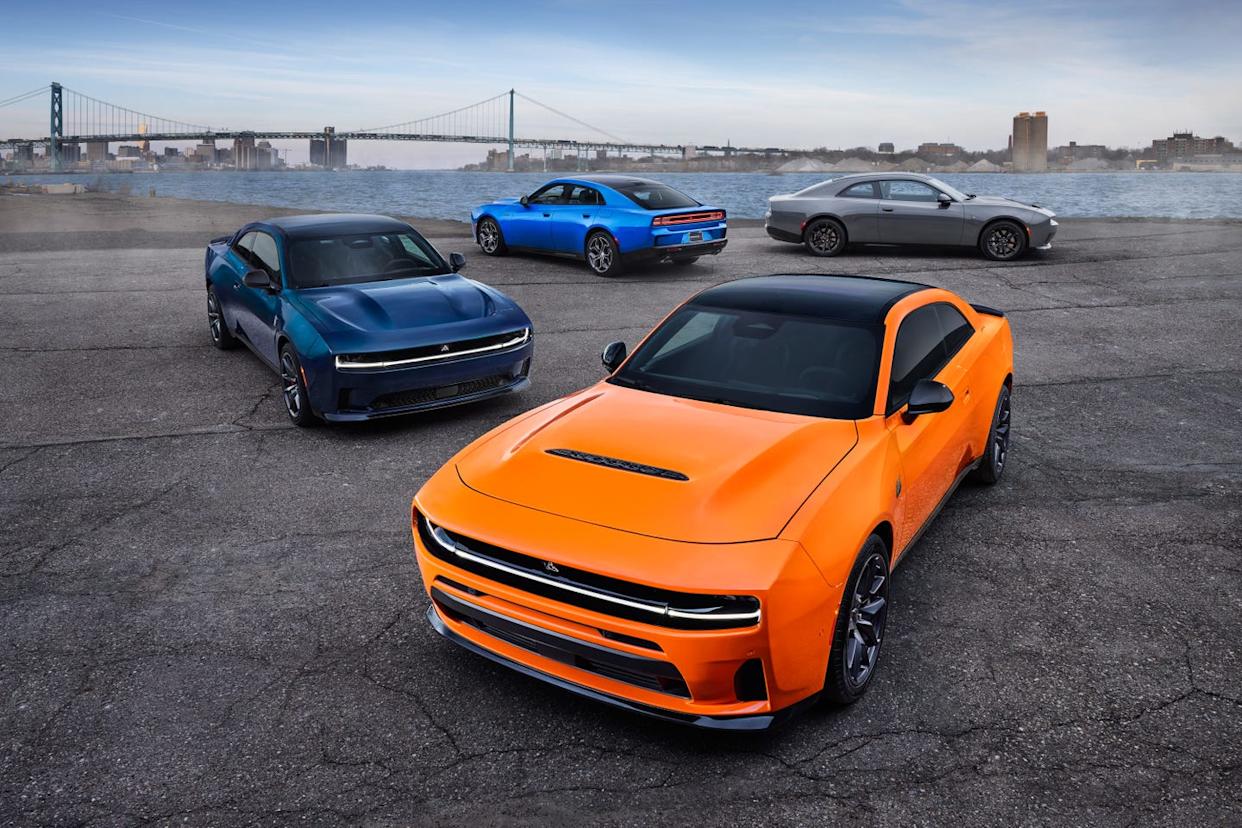

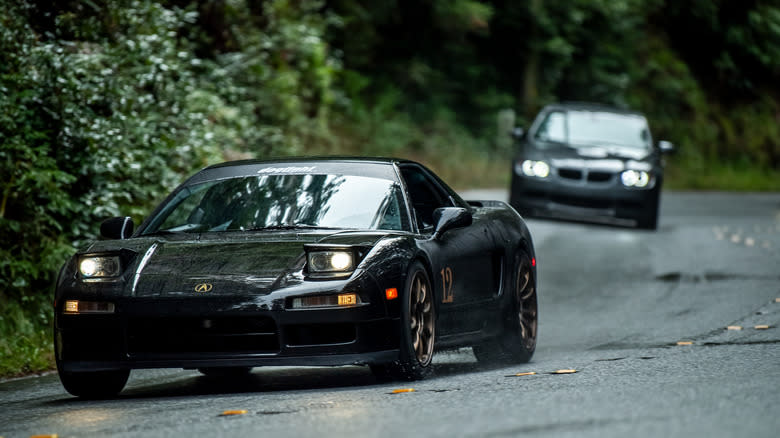

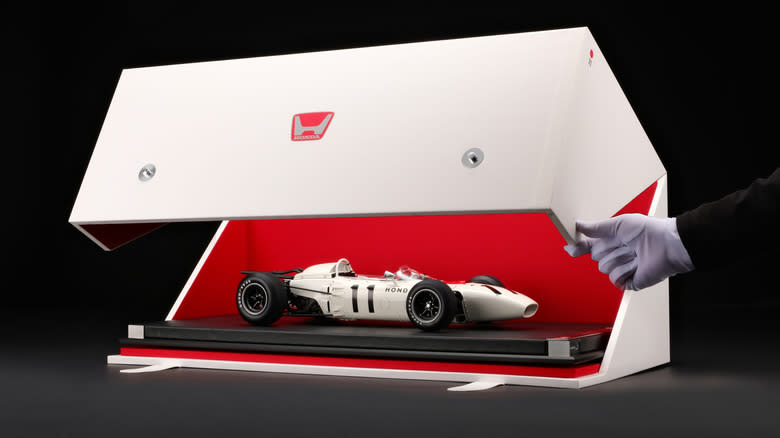
Comments